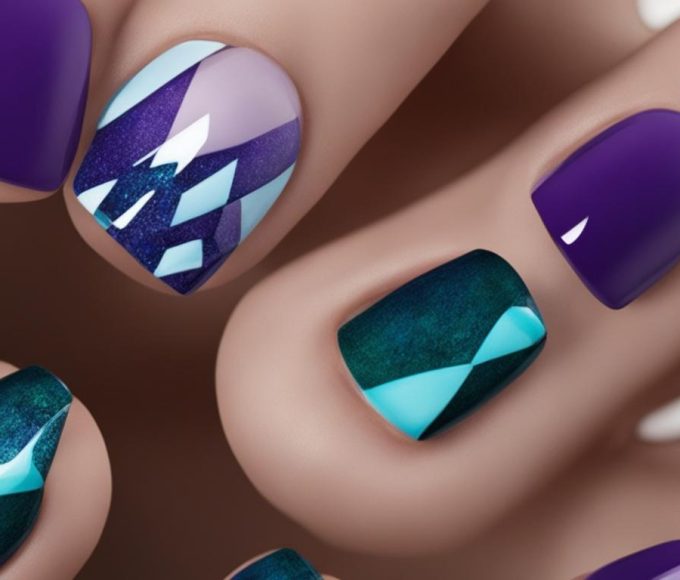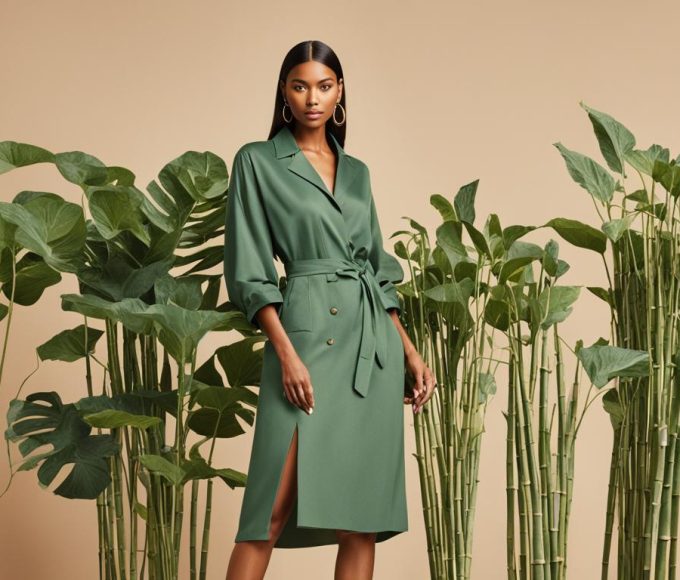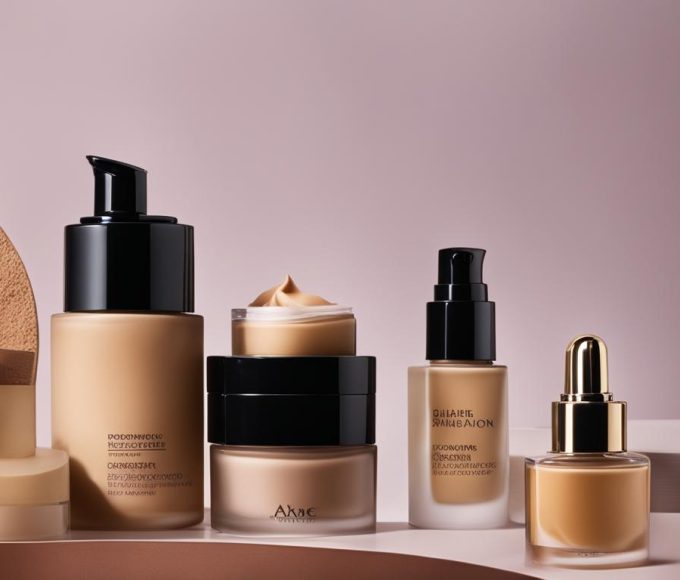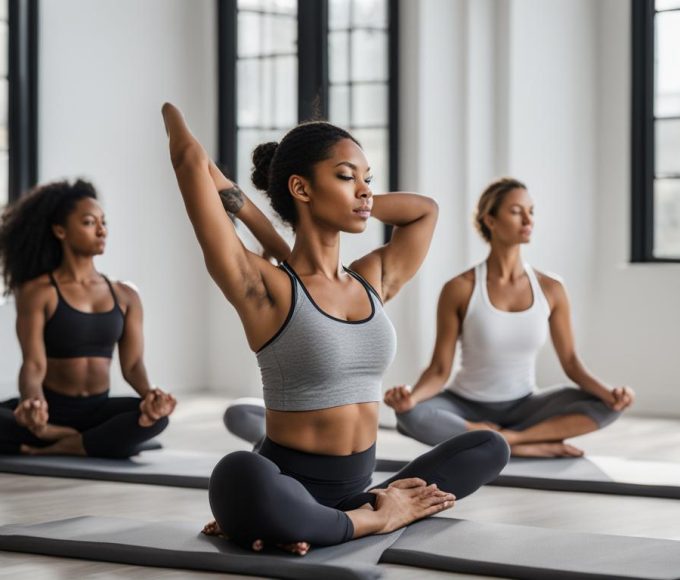Between ballet training, dance competitions, and the various high school romantic dramas that would eventually provide fodder for her songwriting, Tate McRae spent much of her early teenage years in Calgary watching music videos on YouTube. She partly did it to inspire her own dancing, but along the way, she found herself drawn to one era in particular: the early 2000s. “I feel like those were some of the most iconic music videos of all time: Britney, Christina, Madonna,” she says. “There are so many videos that I look back at and it’s really the full production—the singing, the dancing, the visuals. I think people miss that.”
So the 20-year-old channeled precisely that energy with her juggernaut of a single “Greedy” in September—and, of course, the accompanying music video, set in the starkly lit halls of an ice hockey rink. McRae gives it her all: hurling herself around the changing rooms in a crop top and goalkeeper gloves, surrounded by backing dancers; whipping her hair while climbing across a barbell bench; doing the splits across the reception desk. Still, it was the song itself that announced McRae had arrived. Impeccably produced by a team including veteran hitmaker Ryan Tedder, it offered a perfectly timed throwback to Timbaland’s mid-’00s pop heyday—in particular, his work on Nelly Furtado’s Loose, which sounds as fresh now as on the day it was made—while still feeling strangely of-the-moment. (And, most importantly, packed with more hooks than a coat rack.)
“I wrote ‘Greedy’ back in January, but then I just kept writing hundreds of songs, and I was like, I can’t find the single,” says McRae. While her earlier EPs and debut album (released just last year) traded in confessional, self-described “sad girl” bedroom pop, à la early Billie Eilish, “Greedy” marked a step into something a little more boisterous. “I kept going back to it, I think because I was most scared of that song—just the production, and how pop it was, and the fact I’d never done a record that upbeat before. And then I remember Ryan was like, ‘If a song makes you nervous, that’s a good thing.’ So I thought, okay, I can either do something that’s safe and that I’m used to, or I can take a bit of a risk and really push myself to the next level.” (Or, as she sings on the opening track of her new album, Think Later, which dropped last Friday: “Sad girl got a bit boring.”)
Push her to the next level it has: the song’s slinky yet skittering percussion and delightfully silly “whoop!” samples saw it rocket to virality on TikTok, with chart success following quickly behind. When we connect in late November, a few days after her back-to-back performances at the Billboard Music Awards and on Saturday Night Live—the latter featuring a Britney-worthy dance break at the end—McRae is briefly catching her breath, back at her family home in Calgary. (She would have continued her promo in Los Angeles, where she is now based, but even pop stars have to deal with visa paperwork.)
“It’s been a wild experience,” she says. “In fact, it’s been such a surreal experience that I can’t really explain it—even just seeing my name among all my idols up on the charts. Ryan was in India the other day, and he was sending me videos of walking down the street and hearing it playing in random shops. I was like, wow—this song has really gone global. It’s totally magical, and I’m still trying to process it all.”
In the spirit of seizing the moment, McRae and her team made the smart decision to go full throttle once “Greedy” began making waves, moving up her sophomore album’s release date and then heading to the studio to “crush it out” for two solid weeks. Out of those sessions came the second, equally infectious single “Exes,” which dropped alongside a frenzied, sweat-flecked video that paid homage to Stripped-era Christina Aguilera. “That song was written two weeks ago, and finished and completed in 90 minutes,” she says with a touch of amusement, clearly surprised by the speed of it herself. “We sent it to the label and released it literally a week and a half later, and recorded the video four days before its release. It’s been very quick and spontaneous. We’re having a blast with it, and we’re seeing how people react in real time. As much as it’s been a whirlwind for anyone watching, it’s been the exact same thing on the inside.”
Photo: Beth Saravo / Baeth; styling: Brett Alan Nelson
In all fairness, that spirit of spontaneity only feels fitting for the themes of the record—and indeed, the message of the track from which the album takes its Think Later title. If you let the songs do the talking, the album charts the story of what was clearly McRae’s first heartbreak—and how she’s emerged from it more powerful than she was before. (“You can only dig the grave so deep / You can only try to save somеthing that’s not already gone,” she sings on the anthemic “Grave.”)
“I feel like I’m in a whole new phase of my life,” she says. “I just feel a lot more grown, and that I’ve gone through experiences that I was too terrified to talk about before. Over the past year and a half, I made a lot of decisions based on intuition and what I was feeling in my heart. And that resulted in some of the most beautiful relationships and passionate times of my life, and I fell in love so hard, but I went through experiences that were very unpleasant too, and felt the repercussions of that approach harshly. When you lead with intuition, you feel the consequences 10 times as hard. That’s really how the album shakes out.”
The same freewheeling spirit led to her joining forces with her primary collaborators on the album—not only Tedder, but songwriters Amy Allen and Jasper Harris, too, with whom she describes finding a rare and immediate connection. “I felt like I was able to go into the studio with a mindset of no judgment, no pressure—just having fun and seeing where it took me, which ended up being somewhere sexier and more mature,” she says. Equally important to this newfound confidence as a performer, it turns out, was finding a group of girlfriends in L.A. on a similar career trajectory, whose advice and support have been a lifeline in moments of self-doubt. Most notable among them, perhaps, is Olivia Rodrigo; McRae even appeared in her “Bad Idea Right?” video alongside their fellow buddies Iris Apatow and Madison Hu.
“I feel like the industry really used to pit women against each other, and create these rivalries between artists,” McRae says. “So it’s amazing to see—even just within my friend group—the support we all give each other now. There’s no jealousy or envy, we’re all genuinely happy and excited for each other’s success. Obviously, I admire Olivia so much, but I also just adore her. As much as she’s a talented musician, she’s the most amazing friend you could ask for.”
One imagines it also helps that, with Think Later, McRae has firmly established her own lane. With it, she explores her roots—whether her unlikely beginnings in the suburbs of Calgary, or her first flush of fame as a 12-year-old competitor on So You Think You Can Dance: The Next Generation—but also picks up a different strand of the noughties revival that has swept through fashion and music over the past few years, nodding to the raunchier corners of that era, embodied by the likes of Furtado and Aguilera. The album is a statement of selfhood summed up by its cover, which pictures McRae in the classically risqué pop star drag of a black tank top and briefs, but paired with a touch of knowing humor in the form of knee-high ice hockey goalie pads. (You can take the girl out of Calgary, but you can’t take Calgary out of the girl.)
To build that visual world, McRae worked primarily with creative director Bradley J. Calder and director Aerin Moreno, whom she credits with taking the often conflicting themes she was keen to explore and executing them with just the right balance of grit and glamour. “I’ve been having the most fun: I can say I want to be a bull in a rodeo, or I want to dance in a hockey rink, and they can take my insane ideas—that probably sound literally awful on paper—and make them real,” she says, grinning. They also helped McRae explore her style beyond the so-called “sad girl” tropes that had colored her previous phases a musician; before, she was more likely to be found performing in jackets and jumpsuits than throwing shapes with wild abandon (and visible delight) at London’s G-A-Y club, wearing hot pants and knee-high boots.
Clearly, McRae is a pop star who actually wants to be a pop star. It’s a rarer phenomenon than you might think. “I’m usually a really big tomboy when it comes to fashion,” she notes on the subject of her new sartorial identity. “I like wearing comfortable basketball shirts and boys’ shorts, and super high socks and baggy T-shirts and jerseys. But as I’m getting older, I do want to show a bit more of my feminine side. And so I’ve been working with my genius stylist Joanie [Del Santo] to create this sporty but sexy style—that maybe sometimes feels a little strange and all over the place, but it feels 100% like me for the first time.” It’s 100% her, and 100% in the spirit of the album’s mantra: live now, think later. All she has to do in the meantime is get her visa sorted. “One thing at a time,” she says, laughing.







